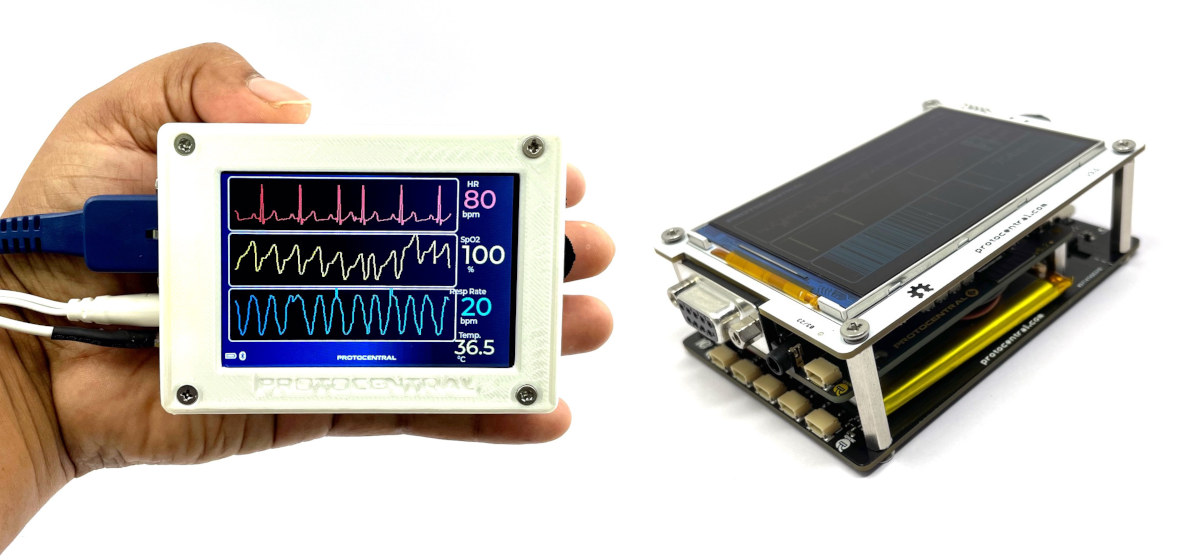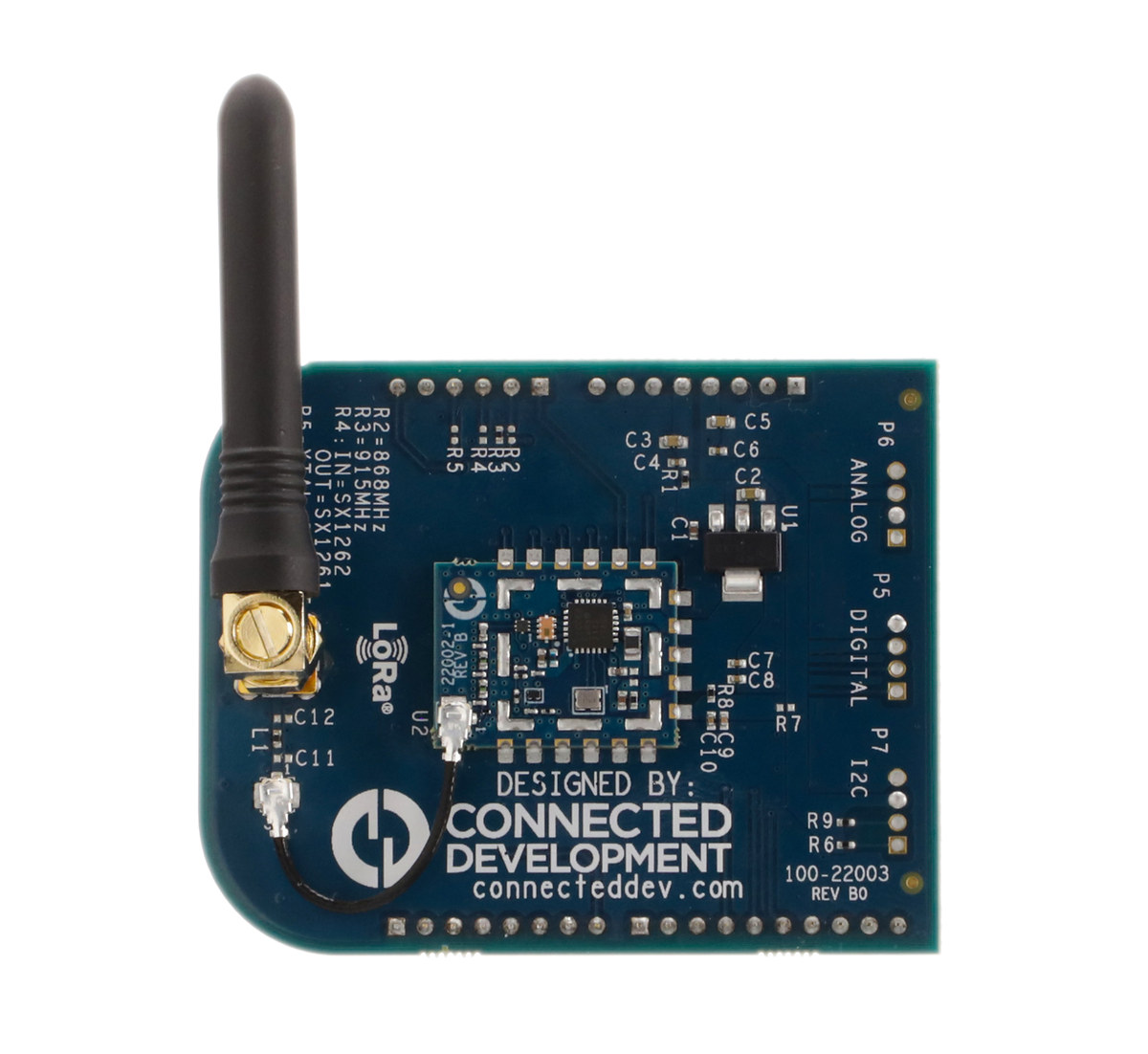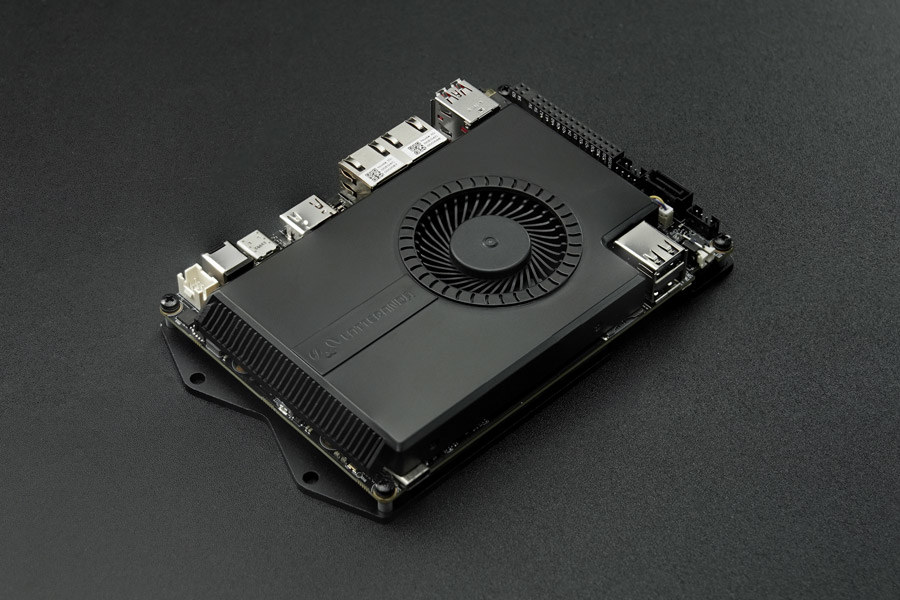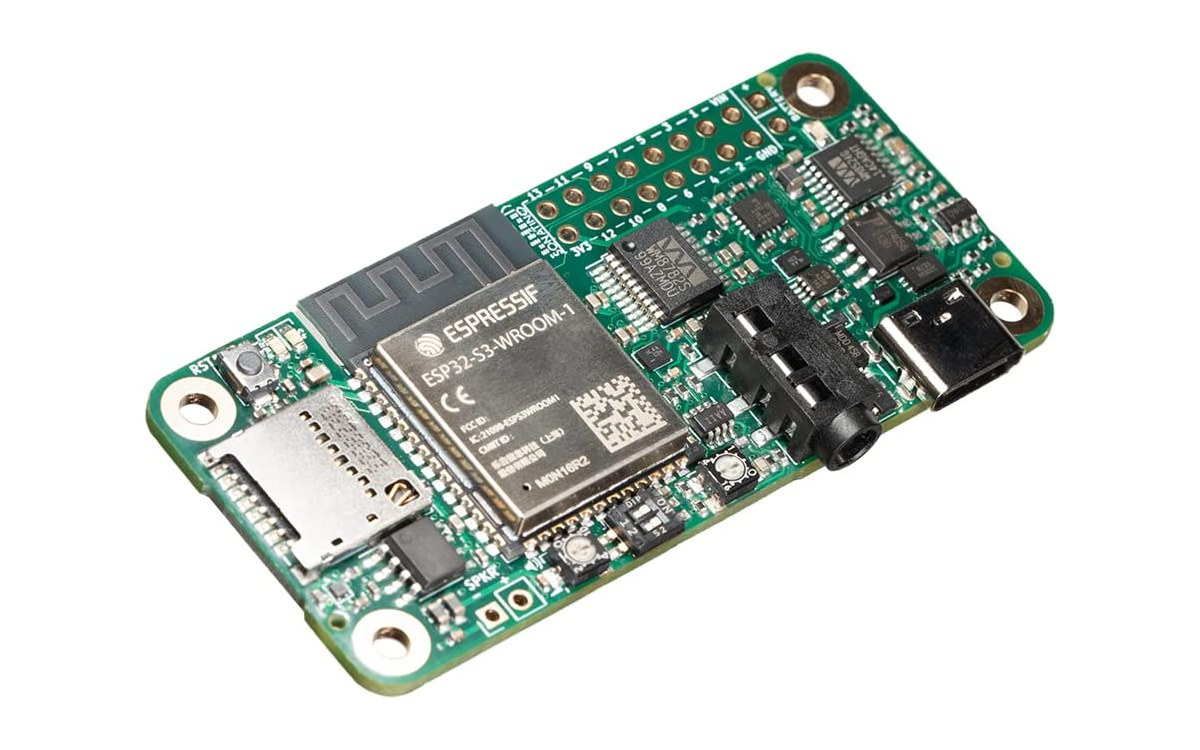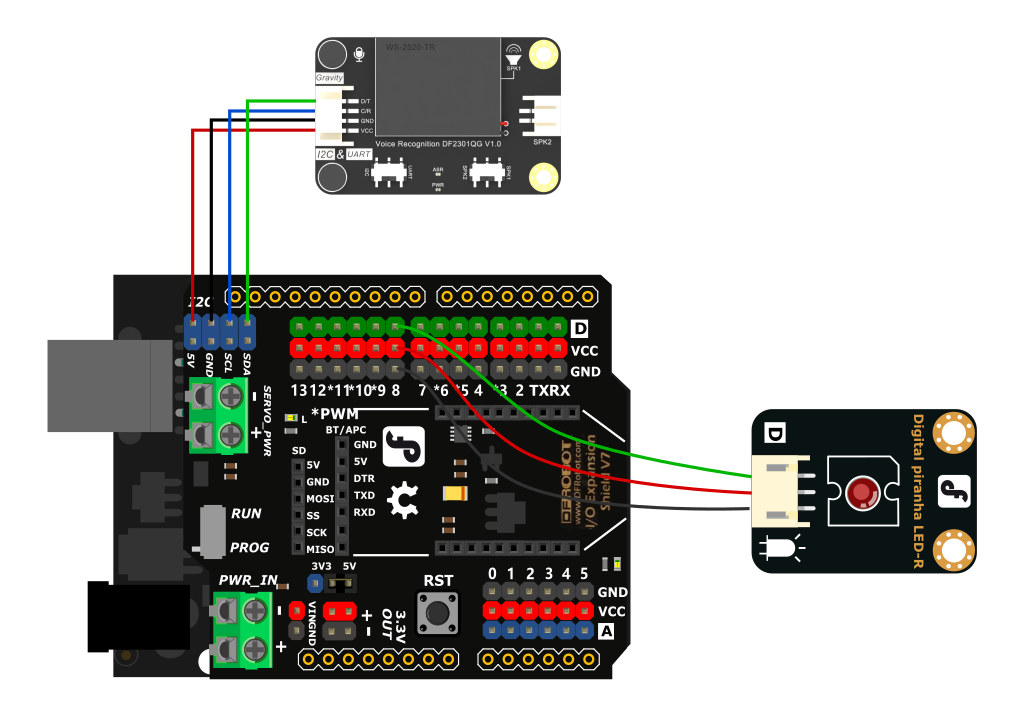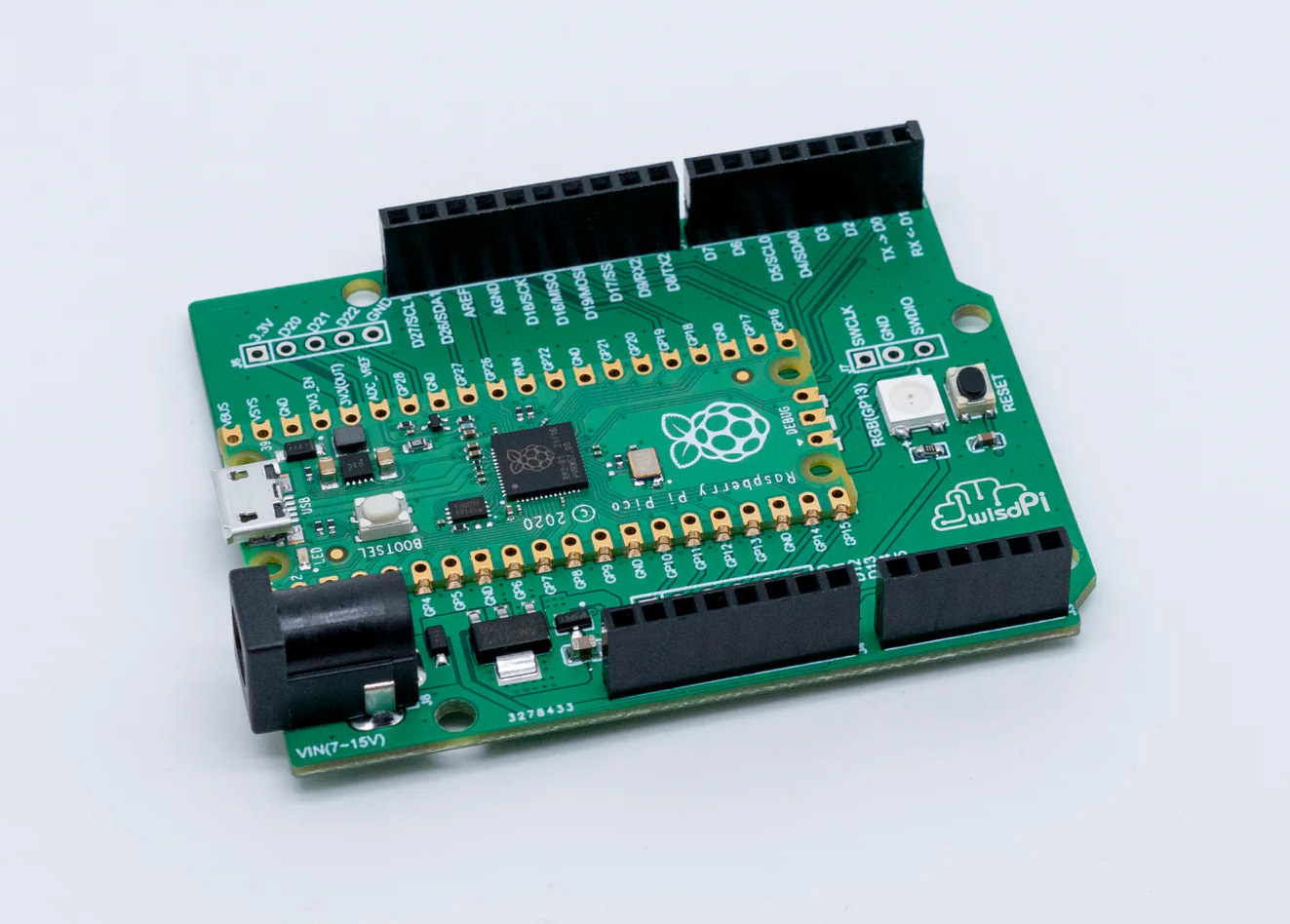HealthyPi 5 is an open-source sensor platform for biosignal acquisition based on Raspberry Pi RP2040 microcontroller and ESP32-C3 WiFi & BLE module used to capture vitals such as electrocardiogram (ECG), respiration, photoplethysmography (PPG), oxygen saturation (SpO₂), and body-temperature data. It is a complete redesign of the HealthyPi v4 Raspberry Pi HAT with many of the same features. While the HealthyPi 5 also follows the Raspberry Pi HAT form factor and can be connected to a Raspberry Pi SBC to analyze the data, it can also be used as a standalone device with the processing handled by the RP2040 dual-core Cortex-M0+ microcontroller and connectivity through an ESP32-C3 wireless module, and data visualized on a 3.5-inch SPI display or a smartphone over WiFi or Bluetooth. HealthyPi 5 specifications: MCU – Raspberry Pi RP2040 dual-core Arm Cortex-M0+ microcontroller @ 133 MHz with 264 KB SRAM Wireless Module – ESP32-C3 RISC-V module with 2.4 […]
OpenEarable open-source hardware earable platform leverages Arduino Nano 33 BLE Sense ecosystem
OpenEarable is an open-source hardware earable, sometimes also called hearable, that fits around your ear and is based on the same u-blox NINA-B306 module found in the Arduino Nano 33 BLE Sense board. Besides the Nordic Semi nRF52840 Arm Cortex-M4-based Bluetooth LE module, the design also features a speaker and ultrasonic microphone, a 6-axis IMU and a pressure sensor, as well as the circuitry for the battery, two LEDs, and a push button. OpenEarable specifications: Wireless module – U-blox NINA-B306 module powered by a Nordic Semi nRF52840 Arm Cortex-M4F microcontroller @ 64MHz with 1MB Flash, 256KB RAM, Bluetooth 5.0 LE connectivity Audio – Built-in speaker and ultrasonic microphone (Knowles SPH0641LU4H-1) Sensors STMicro LPS22HBTR pressure and temperature sensor STMicro LSM6DSRTR 6-axis IMU with accelerometer and gyroscope USB – Micro USB port for power and programming Debugging – Solder pads for SWD interface Misc – Push button, charging LED, one programmable PWM […]
XCVR LoRa-based IoT development board & reference design features SX1261, SX1262, or LLCC68 chip
Semtech Corporation and “Connected Development” engineering firm have launched the XCVR development board and reference design based on Sentech SX1261, SX1262, or LLCC68 transceivers with the last one targeting Smart Home applications. The XCVR development board is actually an Arduino shield that’s been tested with Nordic nRF52840-DK board, but should work with most boards equipped with Arduino Uno headers. It can be used for the design of LPWAN IoT applications using SX1262x transceivers such as smart meters, industrial controllers, asset tracking, building automation, smart agriculture, etc… while the LLCC68 model is more useful for Smart Home applications and consumer devices. XCVR shield specifications and features: LoRa and FSK Modem Programmable bit rate up to 62.5 kbps LoRa and 300 kbps FSK External antenna Link budget 163 dB maximum for SX1261 170 dB maximum for SX1262 configurations. Tx Power +15 dBm high-efficiency PA for SX1261 +22 dBm or +15 dBm high-efficiency […]
LattePanda Sigma – An Intel Core i5-1340P Raptor Lake SBC with ATmega32U4 MCU for Arduino support
LattePanda Sigma is a 3.5-inch single board computer (SBC) with an Intel Core i5-1340P Raptor Lake-P processor and a Microchip ATmega32U4 microcontroller to control I/Os with Arduino programming. The board comes with 16GB soldered-on LPDDR5 RAM, supports M.2 NVMe/SATA SSDs and SATA drives for storage, offers HDMI 2.1, eDP, and USB-C DisplayPort video outputs, dual 2.5GbE networking, two Thunderbolt 4 ports, and three M.2 sockets for expansion sich as WiFi or 4G/5G modules. LattePanda Sigma specification SoC – Intel Core i5-1340P 12-core (4P+8E)/16-thread Raptor Lake hybrid processor @ up to 4.6 GHz (Performance cores), 3.4GHz (Efficient cores), 12MB L2 Cache, 80EU Intel Iris Xe Graphics @ up to 1.45 GHz; PBP: 28 W MCU – Microchip ATmega32U4-MU 8-bit AVR microcontroller with 32 KB flash, 2.5 KB SRAM, 1 KB EEPROM System Memory – 16GB dual-channel LPDDR5-6400 Storage – M.2 SSD (NVMe/SATA) socket, SATA III port Display I/F HDMI 2.1 up […]
Sonatino – A Raspberry Pi Zero-sized ESP32-S3 audio board
Lumination Labs’ Sonatino is an ESP32-S3 board designed for audio applications that follows the Raspberry Pi Zero dimensions so that it can be used with some of the cases designed for the Raspberry Pi Zero. The wireless audio board features Cirrus Logic WM8524 audio DAC and WM8782 audio DAC capable of 24-bit 192kHz stereo output and mono input respectively, a speaker amplifier and two pins for speaker connection, a 3.5mm audio jack, as well as a microSD card slot for the storage of audio or other data. Sonatino specifications: Wireless Module – ESP32-S3-WROOM-1 with SoC – ESP32-S3 dual-core LX7 microprocessor @ up to 240 MHz with Vector extension for machine learning Memory – 2MB PSRAM Storage – 16MB flash Connectivity – WiFi 4 and Bluetooth 5 LE/Mesh Storage – MicroSD card slot (SPI) Audio 3.5mm audio jack supporting input and output (TRRS, CTIA standard) Speaker connection: onboard pins, optional screw […]
Makeblock Ultimate 2.0 review – A multi-function 10-in-1 educational robot kit
Makeblock Ultimate 2.0 is an educational robot kit that can be used to easily create up to 10 different types of robots. An Arduino-compatible Mega 2560 MCU board serves as the main controller and there are over 550 mechanical parts and electronic modules. The robot can drive up to 4 encoder and stepping motors, control up to 10 servo motors to work simultaneously, and can also be connected to Arduino and Raspberry Pi boards for more complex projects. The review/tutorial is fairly long, so if you are short on time, you can jump to different sections by clicking on some of the links below: MegaPi control board and main modules description mBlock 5 visual-programming IDE installation Programming of DC Encoder motors, Ultrasonic sensor, Line follower module, motion sensor, RJ25 adapter, and shutter module mBlock mobile app Building the ten models for the Makeblock Ultimate 2.0 robot kit (as shown in […]
Offline voice recognition module supports Arduino programming, custom voice commands
We’ve already covered inexpensive offline voice recognition modules based on US516P6 or TW-ASR ONE microcontrollers that allow people to add smarts to their projects without a network connection for improved privacy and lower latency. Those are great in theory, but at the time (April 2022) documentation was lacking or only in Chinese, and they were fairly hard to use based on some of the comments in my earlier posts. But today, I’ve noticed DFRobot is now selling the “Gravity: Offline Voice Recognition Sensor – I2C & UART” module with support for Arduino programming, and it looks fairly easy to customize as we’ll see further below. Gravity Voice Recognition DF2301QG module specifications: Voice recognition module – WS-2520-TR module with MCU – TBD 121 commonly used fixed voice commands, one-fixed wake word Support for 1 learned wake-word, 17 user-defined commands Audio Output – Built-in speaker and external speaker interface Input – Dual […]
ArduPico – An Arduino UNO compatible baseboard for Raspberry Pi Pico
WisdPi ArduPico is an Arduino UNO-shaped baseboard designed for the Raspberry Pi Pico and compatible boards that enables makers to reuse most 3.3V Arduino shields available on the market and also adds for few I/Os and features. ArduPico specifications: Compatible board – Raspberry Pi Pico, Pico H, Pico W, Pico WH, and other Pi Pico compatible board solderable using through holes or castellated holes Expansion Arduino UNO header compatible with a wide range of shields 5-pin and 6-pin headers for additional GPIOs and 3.3V, GND All Raspberry Pi Pico GPIOs are exposed 3.3V only, no 5V tolerant Debugging – SWD header Misc – Pico RESET key, WS2812 RGB LED Power Supply – 7 to 15V DC via DC jack Dimensions – 68.6 x 53.3 x 11.6 mm (Arduino UNO form factor) Weight – 18 grams Compatibility with the Arduino UNO is not 100% percent as, for instance, only three […]


